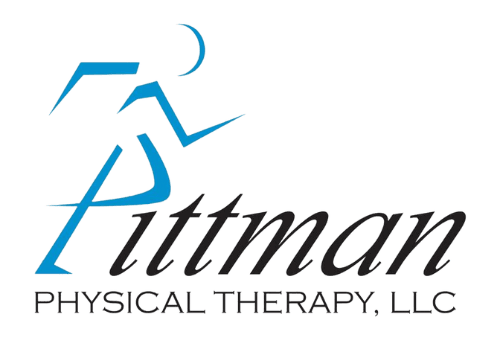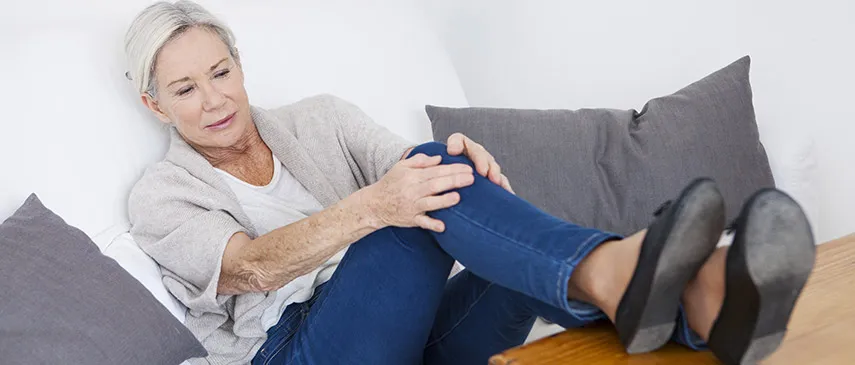Situated at opposite ends of the femur bone, the hip and the knee joints are two of the most important parts of the human body. The hip’s ball and socket structure allows the leg to have a greater range of motion, while the configuration of ligaments within the knee help support the tremendous weight of the upper body. They are marvels of evolution, and key factors in providing humans with the ability to run long distances with greater efficiency.
While the knees and hips are critical aspects of human physiology, they can be prone to injury and damage. Aging can diminish bone density, leading to a greater likelihood of breakage within the hip joint, while intense physical activity like soccer or running can cause knee pain or ligament damage. Thankfully, however, there are ways to overcome both hip and knee pain, and help you return to your daily activities.
Rest
If you find that you are experiencing pain in your joints or knees, the first step towards recovery is in getting adequate rest. This is especially true if the pain is the result of an acute injury sustained while exercising. Resting will ensure that no additional damage is done to the joint, and that the body can begin the process of healing any tissue damage that may have occurred. While resting, be sure to elevate your injured leg if possible; it will help to minimize inflammation, and also reduce your time on healing. Don’t sit around too long. Rest is meant for 1-2 days.
Ice Compressions
Ice is an excellent, natural way to help reduce both pain and inflammation. Since hip and knee pain are often the result of some kind of structural damage, there is very often some associated swelling that occurs. This swelling is the body beginning the process of healing the damaged tissue by flooding the injury site with various types of cells. However, although swelling is a natural part of the healing process, it can also cause discomfort. Put an ice compress on the injury for twenty minutes, and then removing it for twenty can help reduce swelling and numb the joint. Although the pain relief may only be temporary, the minimizing the inflammation will speed up the healing process.
Regular Stretching
During the excitement of exercise, stretching has the tendency to be tossed by the wayside. Those who live an active lifestyle often spend so much time on the go, that stretching can seem like a waste of time. This couldn’t be further from the truth, as stretching is a great way to minimize injury of all the joints. Proper, frequent stretching is critical to ensuring that both your muscles and joints are at their very best.
Should you find that your knee and hip pain is persisting beyond these simple tips, then it is important to schedule a consultation with your Physical Therapist. Chronic hip and knee pain can be indicative of more serious underlying disorders, and communicating effectively with your Physical Therapist and your Doctor are great ways to make sure that your body is performing to its potential.
If you would like to schedule an appointment to get your knee or hip evalutated, simply click here. Contact Pittman Physical Therapy today.



